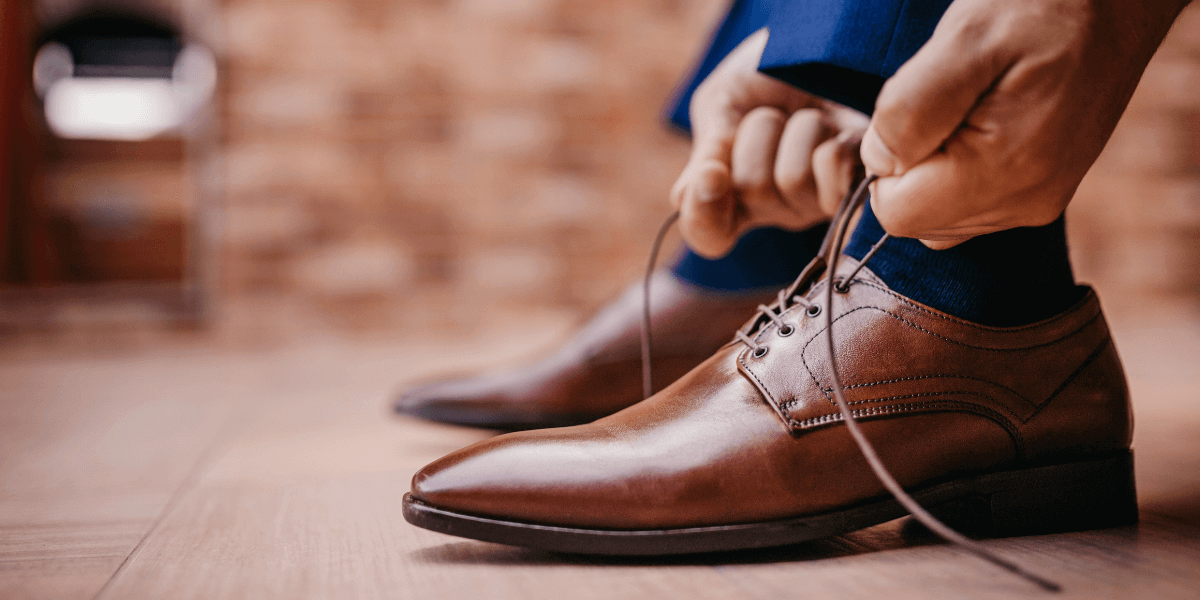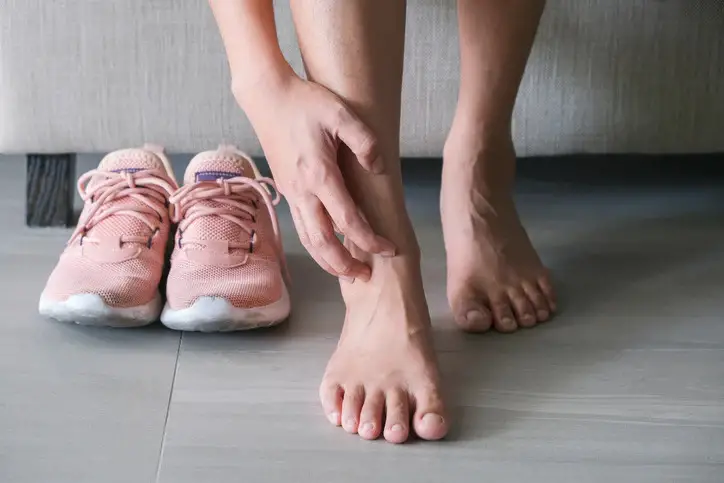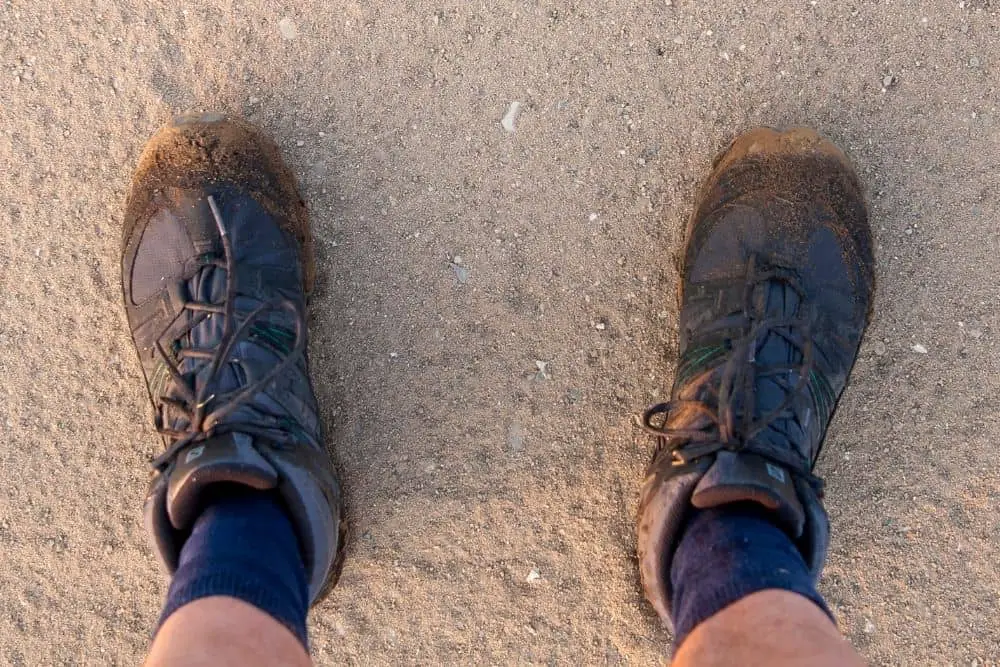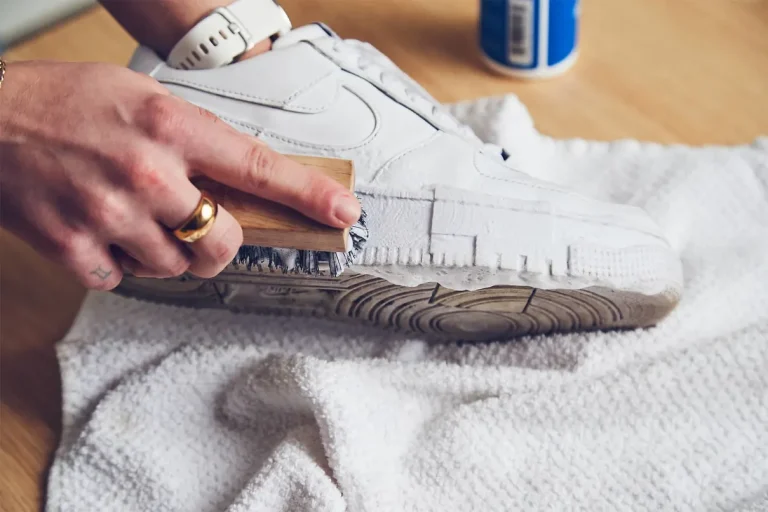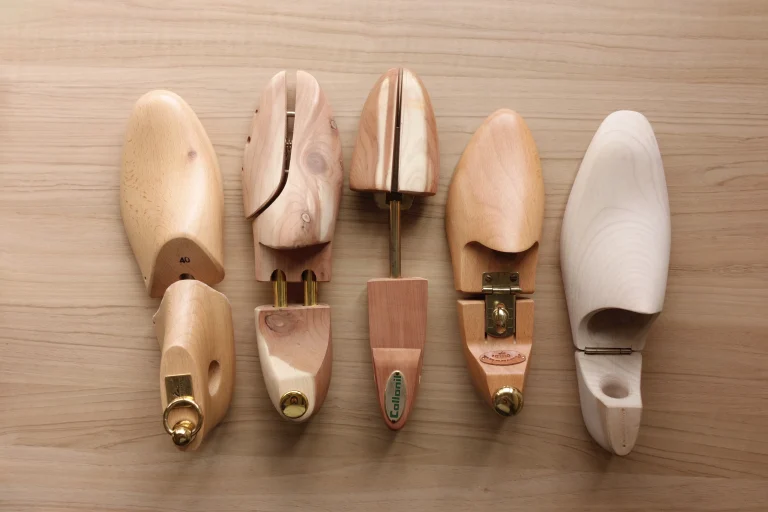How To Measure Insole Of Shoe?
Finding the right fit for your shoes is essential for comfort and foot health. One important aspect of achieving a proper fit is measuring the insole of the shoe accurately. Whether you’re replacing the insoles or purchasing new shoes, understanding how to measure the insole is crucial.
By following the correct measurement techniques, you can ensure a comfortable fit, provide adequate support for your feet, and prevent discomfort or potential foot problems.
In this comprehensive guide, we will walk you through the process of measuring the insole of a shoe. We will provide step-by-step instructions, highlight the tools you’ll need, and offer valuable tips to consider for a precise measurement.
Tools Required for Measuring:
To accurately measure the insole of a shoe, you’ll need a few essential tools. These tools will help you achieve precise measurements and ensure a proper fit. Here are the tools you’ll need:
Tape measure
A flexible tape measure is a versatile tool for measuring both length and width. Look for a tape measure with clear markings for accurate measurements.
Ruler
A ruler is another useful tool for measuring the insole length and width. Opt for a ruler with clear markings and a straight edge to ensure accurate measurements.
Pen or marker
You’ll need a pen or marker to mark the measurement points on the insole. This will help you record the measurements accurately and avoid any confusion.
By having these tools readily available, you’ll be well-prepared to measure the insole of your shoes accurately and confidently. Remember to use them with care and follow the step-by-step instructions provided in this guide for precise measurements.
Read More: How To Waterproof Tennis Shoes
Read More: How Tight Should Tennis Shoes Be?
Preparing The Shoes:
Before you start measuring the insole of your shoes, it’s important to ensure that they are properly prepared. Every shoe prepare with foot length of the person. Taking a few simple steps to prepare the shoes will help you achieve accurate measurements. Here’s what you need to do:

Remove the existing insoles (if applicable)
If your shoes come with removable insoles, take them out before measuring. This will allow you to measure the actual insole of the shoe without any obstructions. In some cases, the insole may be glued or stitched in place, in which case you can skip this step.
Clean the shoe interior
Make sure the inside of the shoe is clean and free from debris or dirt. This will provide a clear surface for measuring and prevent any interference with the accuracy of your measurements. Use a soft brush or cloth to remove any dust or particles from the shoe interior.
By taking these preparation steps, you’ll ensure that your measurements are precise and reliable. Clean shoes and the absence of additional insoles will give you an accurate representation of the shoe’s insole dimensions, allowing you to find the best fit for your feet.
Measuring The Insole length:
Measuring the insole of a shoe is a straightforward process that requires attention to detail. By following these step-by-step instructions, you can obtain accurate measurements for both the length and width of the insole. Here’s how to measure the insole effectively:
Place The Shoe On flat surface: Find a flat and level surface to ensure stability during the measurement process. A table or the floor can work well for this purpose.
Align The Ruler Or Tape Measure At The Heel: Position the ruler or tape measure at the back of the shoe’s heel. Make sure it is parallel to the length of the shoe and aligned with the edge.
Measure From The Back Of The Heel To The Tip Of The Insole: Gently extend the ruler or tape measure along the length of the shoe’s insole until you reach the tip at the front. Take note of the measurement without any excess slack or stretching.
Record The Measurement: Once you have obtained the length measurement, record it in either inches or centimeters. Ensure that you note it down accurately for future reference.
To measure the width of the insole, follow these additional steps:
Place The Shoe On A Flat Surface: Ensure the shoe is still on a stable and level surface for accurate measurements.
Align The Ruler Or Tape Measure At The Widest Part Of The Insole: Identify the widest point of the insole, typically located near the ball of the foot. Position the ruler or tape measure across this point.
Measure Across The Insole: Extend the ruler or tape measure across the width of the insole, ensuring it remains parallel to the width of the shoe. Take note of the measurement without any excess slack or stretching.
Record The Measurement: Once you have obtained the width measurement, record it alongside the length measurement for a comprehensive overview of the shoe’s insole dimensions.
By following these instructions diligently, you’ll be able to measure the insole of your shoes accurately. Remember to be precise and avoid any unnecessary stretching or bending of the ruler or tape measure for the most reliable results.
Understanding Insole Sizing:
Understanding the concept of insole sizing is crucial for finding the right fit and ensuring optimal comfort in your shoes. It’s important to note that insole sizing may differ from the standard shoe size. By familiarizing yourself with the nuances of insole sizing, you can make informed decisions when selecting the appropriate insole for your shoes. Here are key points to consider:

Differences Between Shoe Size And Insole Size: Insole sizing is often more precise and specific compared to shoe sizes. Shoe sizes typically represent the overall dimensions of the shoe, while insole sizes focus on the internal space and support provided by the insole.
The Importance Of Accommodating Foot Width And Arch Height: Insole sizing takes into account factors such as foot width and arch height, which are crucial for a comfortable fit. Some insoles offer different width options to accommodate varying foot widths, while others provide arch support for different arch heights.
By understanding these distinctions, you can make more informed choices when it comes to selecting insoles for your shoes. Remember to refer to the manufacturer’s guidelines and recommendations for accurate insole sizing information.
Related To: How Much Does It To Make A Shoe?
Tips for a Proper Fit:
Achieving a proper fit for your shoes goes beyond just measuring the insole. Consider these essential tips to ensure a comfortable and supportive fit that caters to your specific foot characteristics. If you purchase online you must bi considering the correct size of your foot. Here are some valuable tips to keep in mind:

Consider the toe space:
Your toes should have sufficient room to move freely and wiggle comfortably within the shoe. A proper fit allows for about a thumb’s width of space between the longest toe (usually the big toe) and the front of the shoe. This ensures that your toes are not cramped or pressed against the shoe, preventing discomfort and potential foot problems.
Take note of arch support:
If you have high arches or require additional arch support, consider using insoles specifically designed to provide adequate arch support. These insoles can help distribute weight evenly and provide cushioning for the arch area, enhancing overall comfort and reducing strain on the feet.
Account for foot width:
In addition to length, foot width is an important factor in achieving a proper fit. Some shoe brands offer different width options to accommodate narrow, standard, and wide foot widths. Ensure that the insole width aligns with your foot width to prevent pinching or discomfort.
By following these tips, you can fine-tune your shoe fit and ensure optimal comfort and support. Remember that everyone’s feet are unique, so it’s crucial to consider your specific foot characteristics and needs when selecting shoes and insoles.
Importance of Regularly Measuring Insoles:
Regularly measuring the insoles of your shoes is an essential practice that offers several benefits for your foot health and overall comfort. By staying proactive and periodically assessing the condition and fit of your insoles, you can address any changes in your feet and ensure continued support. Changes in foot size and shape over time.
Feet can undergo changes in size and shape due to various factors such as weight fluctuations, aging, pregnancy, and injuries. Regularly measuring insoles allows you to stay updated on your current foot size and ensure that your shoes provide an appropriate fit.
Impact of wear and tear on insole comfort and support: Over time, insoles can experience wear and tear, losing their cushioning and support properties. By measuring the insoles periodically, you can assess their condition and determine if they need to be replaced.
Worn-out insoles can lead to decreased comfort, inadequate shock absorption, and reduced support, potentially causing foot pain and discomfort.
Conclusion
Measuring the insole of your shoes is a critical step towards achieving a comfortable fit and optimal support. By following the proper measurement techniques and considering factors such as foot width and arch height, you can ensure that your shoes provide the right fit for your feet.
Regularly measuring your insoles is equally important as it allows you to stay updated on any changes in foot size or shape, address wear and tear, and reassess your foot conditions and needs. If your customer feel fit comfortably with your shoes you can achieve goal.



